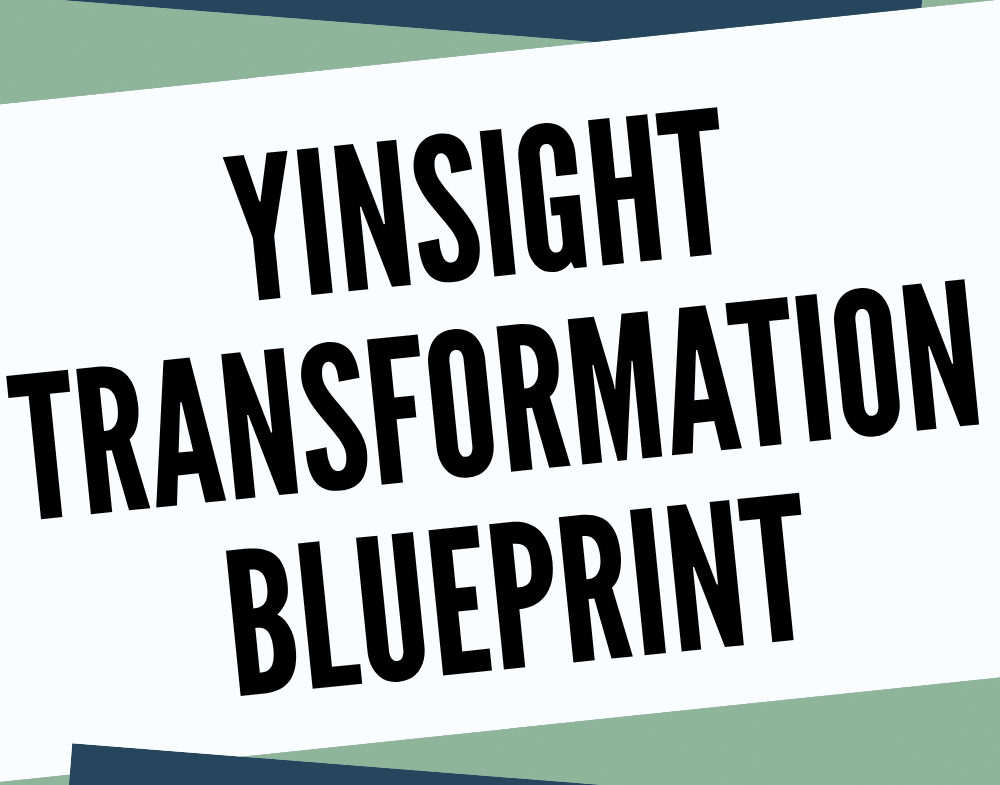
Rethinking vision implementation through culture, not just process
In over two decades of transformation work, one pattern keeps repeating: an organisation spends significant time and energy crafting an ambitious vision, only to see it slowly evaporate. Initial enthusiasm is high, but a year later, the vision has little traction. Teams are confused. Resources are misaligned. Leaders feel frustrated. Does that sound familiar?
Here’s the hard truth: visioning is not the hard part, implementation is. And most implementation frameworks treat transformation as a rational, linear rollout. But culture doesn’t work that way. It’s dynamic, relational, symbolic, and that’s where many change efforts fall apart.
Let me share two hard truths and one powerful alternative approach that I’ve refined over years of supporting culture change and complex transformation.
Hard Truth #1: A Vision is Not Understood Just Because It Was Heard
Organisations often mistake early enthusiasm for deep understanding. Leaders present a compelling vision once or twice, staff nod supportively… and we move on. But understanding a vision, especially one that requires a shift in mindset or behaviour, takes time, reflection, and translation into daily life.
I’ve worked with executive teams who didn’t feel confident answering tough questions about their own transformation initiatives. Not because they lacked conviction, but because they hadn’t yet worked through the personal and practical implications of the change themselves. If leaders aren’t aligned and ready, how can they expect others to be?
Cultural transformation begins not with rollout, but with internal readiness.
This is why I prioritise reflective workshops with leaders before anything is launched.
Hard Truth #2: Process-Based Change Ignores the Human System
Traditional transformation frameworks often focus on strategy deployment, KPI alignment, and program management. These are necessary but not sufficient. Culture is where vision lives or dies. It’s embedded in behaviours, rituals, symbols, and everyday decisions.
That’s why I’ve taken the powerful Japanese framework of Hoshin Kanri and adapted it for cultural transformation. Most companies use the X-Matrix to align goals and projects. I go further. I help clients:
- Identify the values and behavioural shifts required to support the vision
- Break these down into 3-month cultural action projects
- Create indicators of cultural change, not just project milestones
- Embed feedback loops and symbolic alignment into leadership routines
This ensures the vision isn’t just an annual strategy slide, it becomes a living part of how people think, act, and make decisions every day.
A Different Approach: Aligning Energy Through Culture
One metaphor I often use is the French expression: “Don’t heat the house with the windows open.” In transformation, you can’t afford to lose energy through misalignment, unclear priorities, or superficial engagement. Culture is your insulation, it ensures energy is retained and efforts are cumulative.
My proprietary methodology adapts Hoshin Kanri to help organisations:
✅ Define the true behavioural levers that will shift the culture
✅ Focus energy through short, meaningful cycles
✅ Use symbols and rituals intentionally, to create coherence
✅ Build management capability through shadowing and real-time feedback
✅ Create collective ownership by involving teams in co-creating the path
With one of my clients, we built a LEGO® Serious Play® model of their vision. They used it not just once but over nine months to orient every major decision, across 250 workers. When 9 months later after its creation, I showed a photo with some elements missing, the team could immediately identify which symbolic components were gone because the vision had become part of their everyday language. That’s what real alignment looks like.
If you’re embarking on a transformation…
…and want to do more than cascade PowerPoints or tick change boxes, I’d love to talk.
My framework ensures your vision drives action and your culture sustains change. It’s strategy aligned with humanity, operations aligned with meaning and it works because it recognises that people don’t resist change, they resist incoherence.
Let’s close the windows and focus the heat where it counts.

- 🔍 How neurodivergent cognition unlocks invisible patterns in organisations and brings fresh insight to change efforts.
- 🧭 The Orienteering methodology: a field-tested, adaptive approach to navigating complexity using real data, human systems mapping, and sensemaking tools.
- ⚖️ Human problems that can’t be ‘solved’, only managed, such as polarities, paradoxes, and invisible team dynamics.
- 🌐 A radical rethinking of leadership and change itself, revealing how meta-transformation demands inner growth, not just new plans.
